Home / News & Events / The 4 Cs of Diamonds
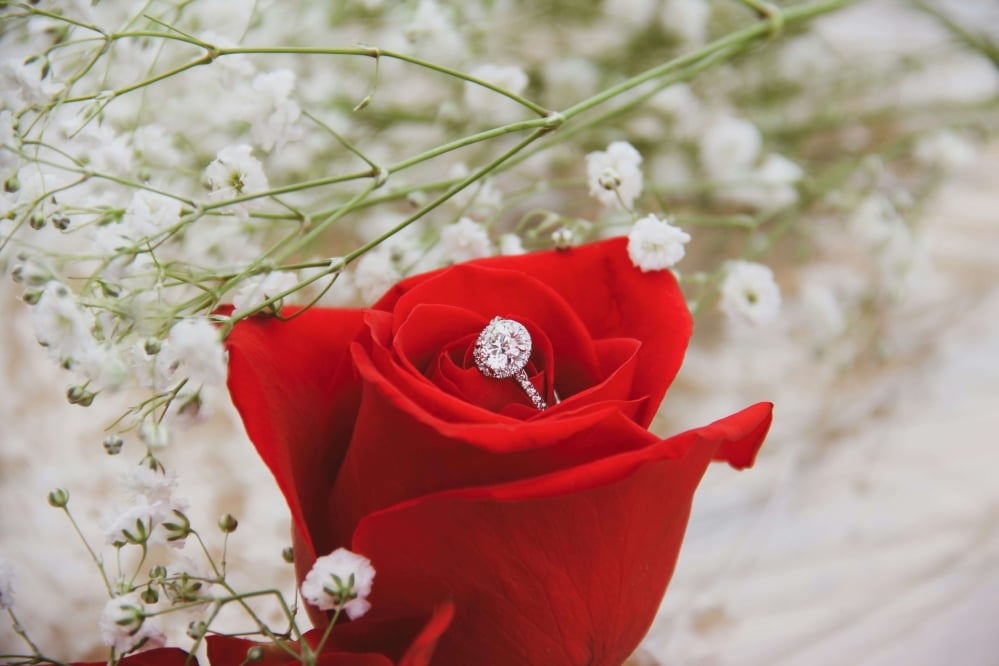
Diamonds and their quality are carefully assessed on the basis of the 4 Cs: cut, color, clarity, and carat weight. The 4 Cs were created to ensure diamond grading is consistent even when multiple experts evaluate the same diamond. When purchasing a diamond, it’s important to consider these four characteristics as they affect both the look and price of your diamond.
Cut
One way diamond graders evaluate diamonds is by looking at their cut. A diamond’s cut refers to how light reflects and refracts when interacting with the diamond’s surfaces.
When grading a diamond’s cut, diamond graders look at several characteristics of the diamond, including how symmetrical the facets are, the polish on the diamond’s surface, as well as how the diamond interacts with light.
When evaluating the cut of a diamond, GIA has established a set of terms describing the cut: Excellent, Very Good, Good, Fair, and Poor. The closer to “Excellent” a diamond is on this scale indicates a higher-quality cut diamond that reflects more light than a diamond that is placed closer to “Poor” on this scale.
A diamond’s cut is an incredibly important aspect of a diamond’s overall appearance. As the diamond’s cut improves, the amount of fire and sparkle it displays increases.
Color
When evaluating a diamond’s color, GIA has established a D-to-Z color scale where the color of a diamond is identified as ranging anywhere from D, or completely colorless, to Z, indicating some color is present. Diamond color is identified alphabetically from D to Z depending on where they fall in this scale.
The closer a diamond is to being colorless, or the closer the diamond’s color grade is to D on this scale, indicates an increased rarity and cost of the diamond.
Here’s GIA’s diamond color scale:
Colorless = D, E, and F
Near Colorless = G, H, I, and J
Faint = K, L, and M
Very Light = N, O, P, Q, and R
Light = S, T, U, V, W, X, Y, and Z
Diamonds that are closer to the “colorless” range (i.e., color grade D) will be more expensive than the exact same diamond that’s closer to the light color range (i.e., color grade Z).
Clarity
Diamond graders also evaluate a diamond’s quality by looking at its clarity. Diamond clarity refers to the number of unique structural imperfections a diamond contains. In diamonds, there are two types of imperfections: blemishes and inclusions. Blemishes are imperfections that occur on the surface of a diamond, whereas inclusions are imperfections that occur within a diamond. When determining a diamond’s clarity grading, diamond grading experts take into account the number of imperfections within the diamond, as well as their location and size.
When evaluating diamond clarity, GIA uses the scale outlined below. This scale is structured in order of descending clarity, which reflects an increase in a diamond’s number of inclusions and blemishes.
Flawless (FL)
Internally Flawless (IF)
Very, Very Slightly Included (VVS1 and VVS2)
Very Slightly Included (VS1 and VS2)
Slightly Included (S1 and S2)
Included (I1, I2, and I3)
A diamond that has a “Flawless” clarity grade demonstrates no inclusions or blemishes when the diamond is viewed under 10x magnification.
“Internally Flawless” diamonds demonstrate no inclusions when viewed using 10x magnification, however some minor blemishes may be present.
Diamonds labeled “Very, Very Slightly Included” do contain inclusions. However, when looking at the diamond under 10x magnification these inclusions aren’t obvious.
“Very Slightly Included” diamonds have inclusions that are slightly more noticeable than those within VVS1 and VVS2 diamonds when looking at the diamond under 10x magnification, but the inclusions are still not very obvious.
Inclusions within “Slightly Included” diamonds can be seen when the diamonds are viewed at 10x magnification. “Included” diamonds have even more noticeable inclusions present. These inclusions can often be seen by the naked eye.
Carat Weight
A diamond’s carat weight refers to how much a diamond weighs using the measurement of carats. Every carat of a diamond is equivalent to a diamond weight of 200 milligrams.
Often, an increase in a diamond’s carat weight is reflected in an increase in the perceived size of a diamond. However, it’s important to note that carat weight reflects the diamond’s weight, not its size. While two diamonds can have the same exact carat weight, their cuts can make them appear to be two different sizes.
When considering two diamonds that are exactly the same, however one has a larger carat weight and one has a smaller carat weight, the diamond with the larger carat weight will be more expensive. This is because a diamond with a larger carat weight is rarer than the exact same diamond with a smaller carat weight.
Why Are the 4 Cs Important When Shopping for Diamond Jewelry?
Keeping the 4 Cs in mind when shopping for an engagement ring, loose diamond, or other diamond jewelry will not only help you understand price differences between diamonds but will also help you determine what qualities of a diamond are most important to you. This will help you more easily select a diamond that you’ll love.
Want to learn more about diamonds? We’ve written a few articles just for you:
Diamonds: 10 Facts About April’s Birthstone | Necker’s Jewelers (neckersjewelers.com)
Diamond Fluorescence: Why Is My Diamond Glowing? | Necker’s Jewelers (neckersjewelers.com)
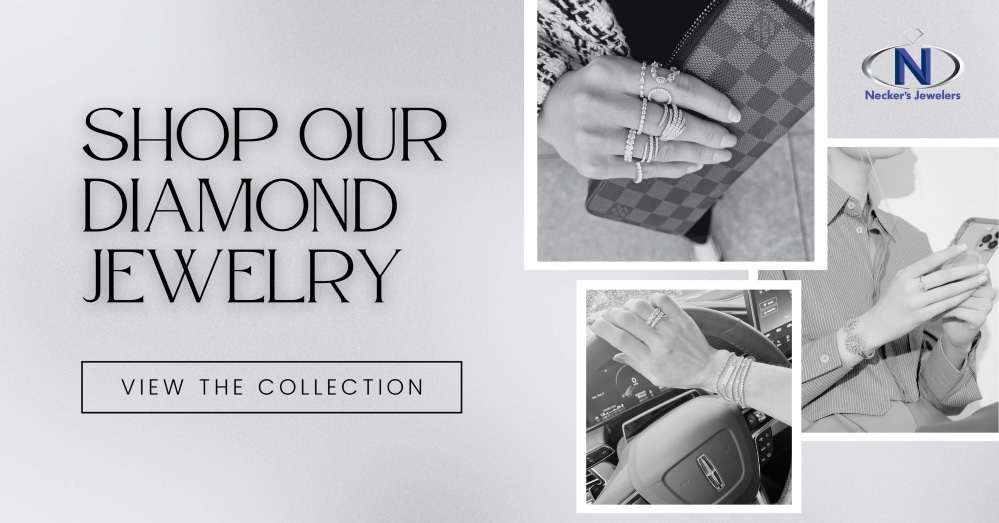
-
 HEARTS ON FIRE SIGNATURE 7 STONE BAND HBASIG700758W-C$4,000.00
HEARTS ON FIRE SIGNATURE 7 STONE BAND HBASIG700758W-C$4,000.00 -
 HEARTS ON FIRE ACCLAIM BAND HBAACC0035PL-E-N$3,000.00
HEARTS ON FIRE ACCLAIM BAND HBAACC0035PL-E-N$3,000.00 -
 HEARTS ON FIRE BEADED REGAL BAND HBAHOFBEADB00168W-C$1,375.00
HEARTS ON FIRE BEADED REGAL BAND HBAHOFBEADB00168W-C$1,375.00 -
 ESTATE ONYX AND DIAMOND RING$219.00
ESTATE ONYX AND DIAMOND RING$219.00 -
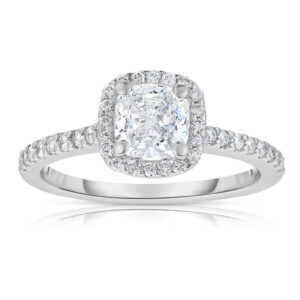 1.00 CT DIAMOND ENGAGEMENT RING$4,499.00
1.00 CT DIAMOND ENGAGEMENT RING$4,499.00 -
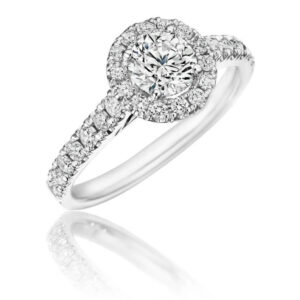 0.75 CT ROUND DIAMOND HALO RING$2,199.00
0.75 CT ROUND DIAMOND HALO RING$2,199.00 -
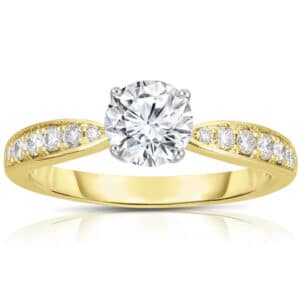 1.00 CT DIAMOND ENGAGEMENT RING$4,399.00
1.00 CT DIAMOND ENGAGEMENT RING$4,399.00 -
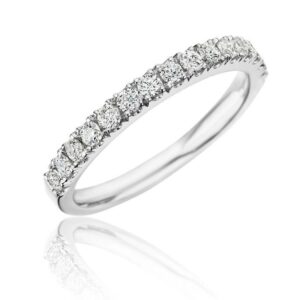 1.40 CT SPLIT PRONG DIAMOND BAND$3,499.00
1.40 CT SPLIT PRONG DIAMOND BAND$3,499.00 -
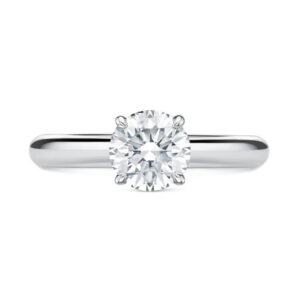 HEARTS ON FIRE ILLUSTRIOUS HIDDEN HALO ENGAGEMENT RING UU2905PTIS11006500$12,775.00
HEARTS ON FIRE ILLUSTRIOUS HIDDEN HALO ENGAGEMENT RING UU2905PTIS11006500$12,775.00
Sources
- 4Cs of Diamond Quality by GIA | Learn about Diamond Buying | What are the Diamond 4Cs
- Learn What Diamond Cut Actually Means and All About Diamond Cut Grades| 4Cs of Diamond Quality (gia.edu)
- Grading the Diamond 4Cs | GIA Diamond Grading & Reports | 4Cs of Diamond Quality by GIA
- GIA 4Cs Cut
- GIA 4Cs Color D-to-Z
- Learn What Carat Means and What Diamond Carat Measures | 4Cs of Diamond Quality by GIA
- Learn How to Buy a Diamond with the GIA Diamond Buying Guide | 4Cs of Diamond Quality by GIA
- GIA Diamond Grading Reports: Understanding Carat Weight
- About Diamond Clarity Grading | Gemological Institute of America – 4Cs (gia.edu)
- The GIA Diamond Cut Grading System – International Gem Society


